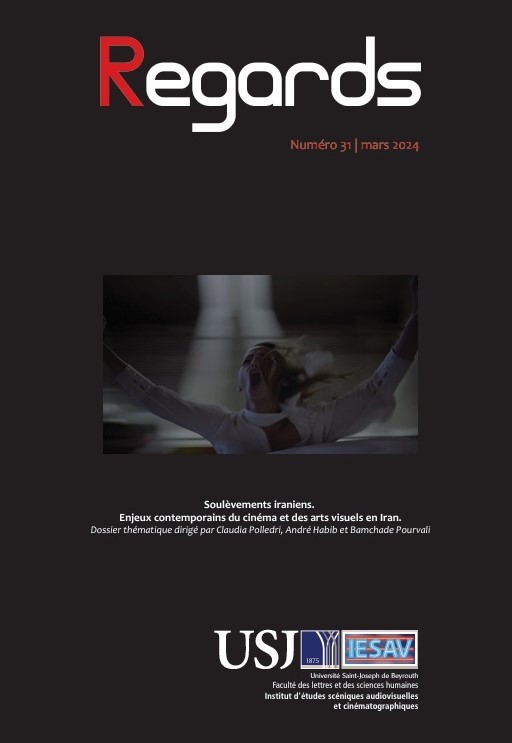Résumé
Dans cet article, nous analysons le documentaire La voix de la femme en Iran d’Andreas Rochholl, qui présente le courageux affrontement de chanteuses iraniennes pour leur liberté d’expression artistique, en dépit des barrières politiques et culturelles. Le film met en exergue leur détermination inébranlable à faire entendre leur voix, remettant en question les restrictions rigoureuses imposées par le pouvoir en place et les usages d’une société dominée par le patriarcat. Cette lutte est soulignée par une mise en scène cinématographique qui glorifie les corps et les voix des actrices, incarnant une « corporéité rebelle » qui manifeste leur résistance. Cette représentation suscite une profonde empathie chez les spectateurs et stimule une réflexion critique. Notre analyse sémiotique du film révèle les procédés artistiques employés par les réalisateurs pour valoriser la résilience et l’engagement de ces femmes à préserver leur identité culturelle, montrant comment la musique et la voix deviennent des moyens de résistance et d’engagement, destinés à sensibiliser le public à des enjeux sociaux et politiques significatifs.

